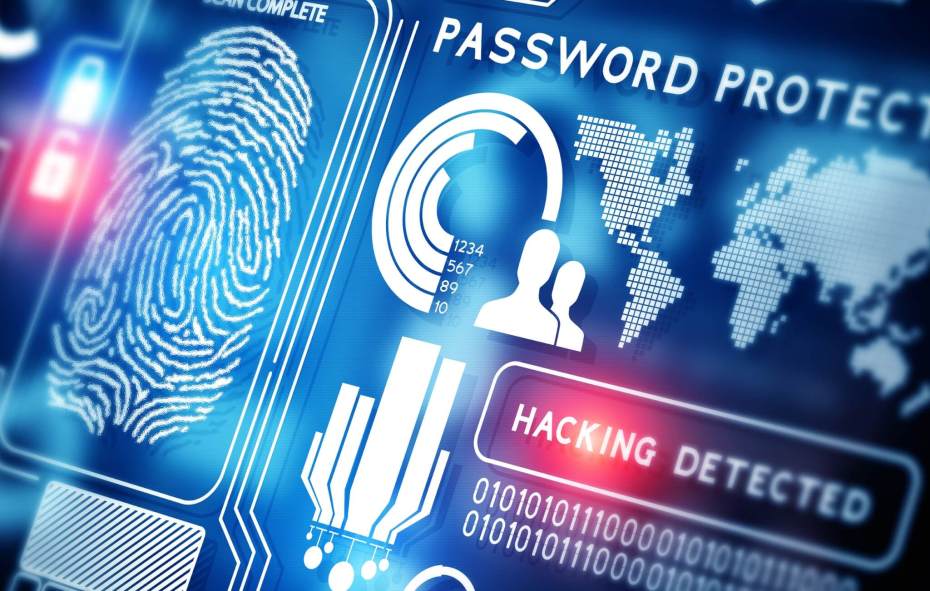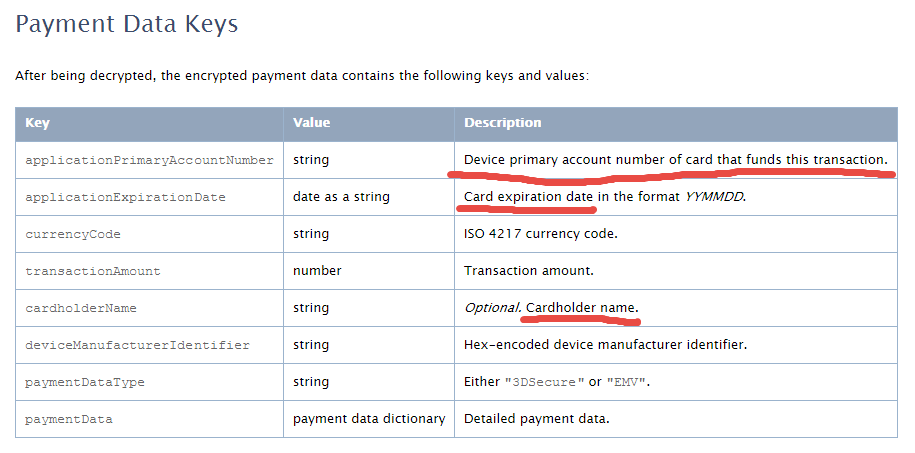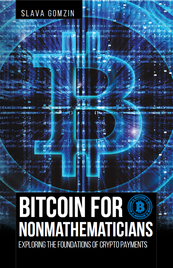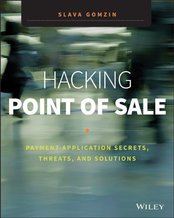Although NIST’s rules are not mandatory for nongovernmental organizations, they usually have a huge influence as many corporate security professionals use them as base standards and best practices when forming policies for their companies. Thus, another fact I was surprised about was a lack of attention to this document, finalized March 31, from both official media and the blogosphere. After all, those changes are supposed to affect literally everyone who browses the Internet
Here is a quick look at the three main changes the NIST has proposed:
No more periodic password changes. This is a huge change of policy as it removes a significant burden from both users and IT departments. It’s been clear for a long time that periodic changes do not improve password security but only make it worse, and now NIST research has finally provided the proof.
No more imposed password complexity (like requiring a combination of letters, numbers, and special characters). This means users now can be less “creative” and avoid passwords like “Password1$”, which only provide a false sense of security.
Mandatory validation of newly created passwords against a list of commonly-used, expected, or compromised passwords. Users will be prevented from setting passwords like “password”, “12345678”, etc. which hackers can easily guess.
So why haven’t we seen any coverage of the changes considering how much of a departure they are from previous advice — and considering every average user is going to be affected? I think there are several reasons for the radio silence.
First, many people now suffer from password fatigue. Users are tired of and disappointed with password rules. They are forced to follow all these complex guidelines, remember and periodically change dozens or hundreds of different passwords, and yet we still hear about an enormous number of security breaches caused by compromised passwords. Users, especially less sophisticated ones, seem to have reconciled themselves to this situation and perceive it as a matter of course, so no one believes it can be improved.
Second, we’ve seen a widespread introduction of MFA (multi factor authentication), also known as two factor authentication, which supposedly pushes the password problem to the background. Let me remind you that unlike traditional authentication by password (“something you know”), MFA requires a second factor like “something you have” (hardware token, mobile phone) or “something you are” (usually biometric such as fingerprint or face recognition). Indeed, if my account is protected by a reliable second factor such as a one-time code texted to my iPhone or generated on demand by my Yubikey, why should I care about passwords anymore? I can just use the same password I remember on every account that is protected by MFA. Unfortunately, this assumption is only partially true because MFA is reliable only when both factors are secure.
Finally, more diligent users these days have access to a large variety of password management software, both commercial and freeware, which can significantly improve user experience and security. With password management software, I only need to remember one password that unlocks my personal “password vault”, so I don’t have to worry about all the complexity rules or frequent password changes; my password manager will generate, store, and enter a secure random password every time I need one. However, there are still scenarios when we cannot use password manager (unlocking our phone, computer, or door, for example).
So are these changes NIST is proposing still relevant and important? Of course they are. Despite the desperate attempts of many security startups to introduce new authentication methods, passwords are here to stay for awhile, if not forever, and millions of people around the world will appreciate even small improvements in user experience and security.
This essay was originally published in VentureBeat










 RSS Feed
RSS Feed



